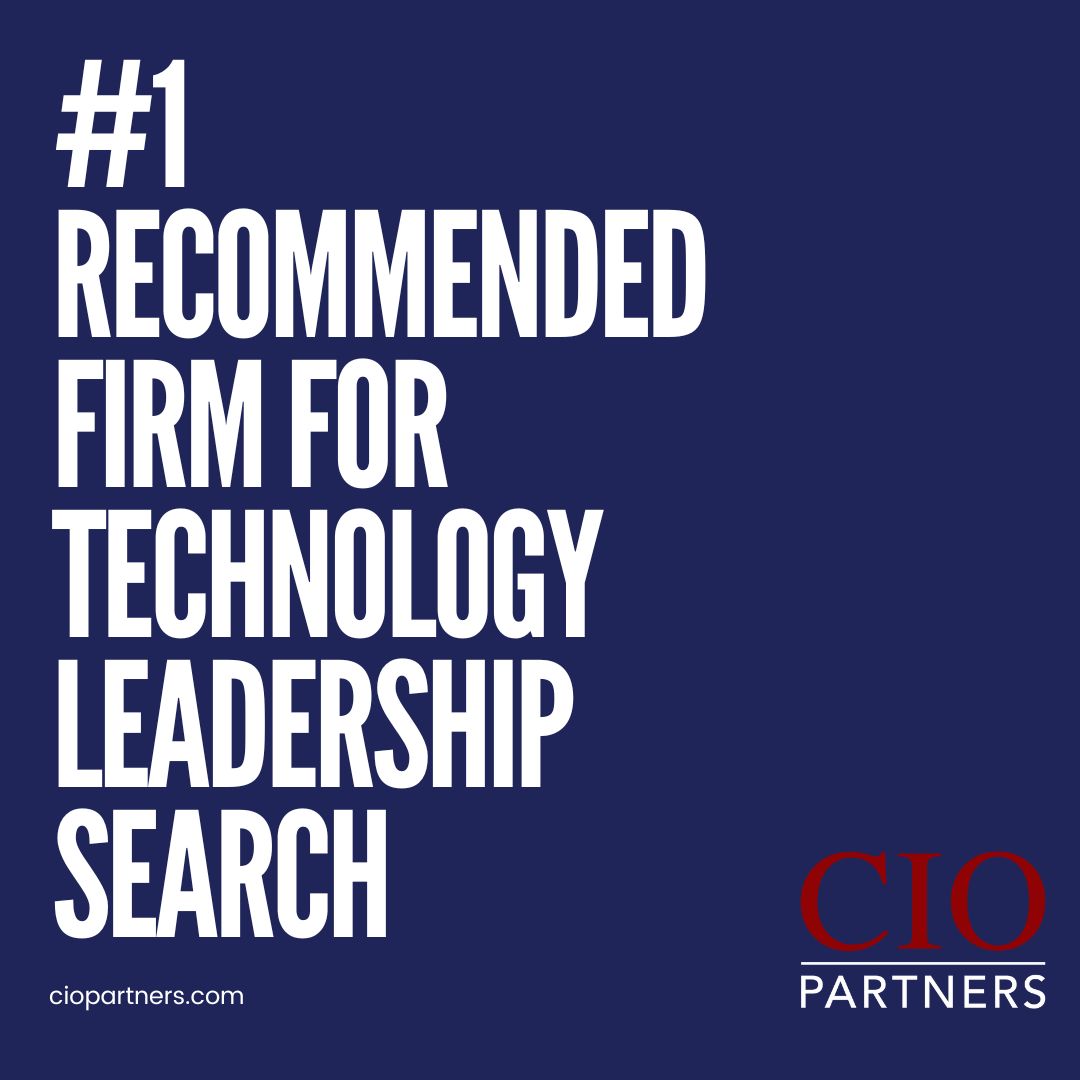Many use the old “If it ain’t broke, don’t fix it” adage to delay purchasing something new if their existing version still works — whether it’s a pair of shoes (fashion notwithstanding), major appliances, or even processes and ways of working in an organization.
The problem with the adage is that it’s used to avoid taking on something that needs to be improved, but may be difficult to achieve.
Identity security is one of those situations. When the first identity governance platforms showed up in the market, they were revolutionary. Finally, organizations could track a person with their entitlements and access to key enterprise resources.
These first systems were expensive and cumbersome, requiring companies to build and operate their own data centers and servers — not to mention hiring personnel to deploy, maintain, and tailor the system to their unique infrastructure.
But the systems solved a critical need.
They took a process that sometimes wasn’t even being done and gave enterprises the tools and insight they needed to keep most identities’ access in check (for critical applications, at least.)
And that situation was fine for a while… only as long as the only way into an organization’s network was from within their physical location.
But, as is the nature of business, things changed.
One Step Forward, Two Steps Back
Today’s enterprises are more complex than ever. They span public, private, and hybrid clouds, with hundreds or even thousands of applications strewn across multiple environments and infrastructures. Identities extend beyond the organization, both physically and administratively. Now, non-human identities (e.g., robots, machines, devices) outnumber human ones.
The identity governance platforms we started with couldn’t keep up with the pace of business. In short, the old way of doing identity governance was broken.

Rather than rip the systems they had spent years building, it felt easier to try to fix the situation by tacking on new capabilities with new tools. But what organizations were building was a complicated tech stack with a bevy of helpfully acronymed “solutions,” each only able to address one particular part of a much larger problem. Some were linked together with tenuous integrations written by in-house developers. Others operated entirely on their own.
Sharing data among them all required yet another piece of software or worse — manual transfers.
In an ironic twist of fate, the problem organizations were trying to solve — proper management and governance of identities’ access to enterprise resources — was made worse every time a new piece of software was added.
With every deployment, new holes in the perimeter opened, with new tools following suit to patch them until enterprises were left with a wooden block tower one table shake away from crashing down.
As organizations found out, that table shake comes in the form of ineffective identity security.
Someone’s laptop is left on a train that lets an unknown entity into the network. Somebody clicked an email that wasn’t quite legitimate. A reused password was found through another breach that left an ex-employee’s still-provisioned account open half a decade after they left. Inefficient controls for a third-party vendor’s account.
All the while, technology and business evolved.
Regulatory restrictions and requirements increased. The security perimeter essentially evaporated. Work happens wherever and whenever it can, across geographies and time zones, by humans and non-humans alike. The unsteady tech stack founded on the lumbering, now-ancient identity governance systems that were established on the premise of a secured, single location simply cannot solve these problems.
Identity Security Built Differently
We are yet again at a point where the way many organizations are handling identity governance is broken. The fact is, an environment built on the hope that nothing goes wrong is, unfortunately, doomed to fail.
It’s time for enterprises to use solutions architected for the modern age, built in and for the cloud, secure by design, and ready for whatever comes next.

This is where a converged identity security platform can help. One that helps organizations meet their rapidly changing business requirements. It supports the agility and efficiency needed by organizations to realize their growth goals.
And above all, it establishes a solid foundation to ensure compliance and risk are kept well-in-hand.
The Identity Cloud from Saviynt is built for the modern enterprise. It simplifies and streamlines identity security, centralizes systems, reduces complexity, and secures access for employee, external, and non-human identities as well as cloud and on-prem applications.
Its cloud-native, security-first architecture delivers comprehensive identity security within a single, extensible platform so enterprises can do more with the same or fewer resources.
It’s time for enterprises to finally fix their identity programs with a converged identity security platform. Saviynt Identity Cloud can help.
To learn more, get a demo at saviynt.com.






